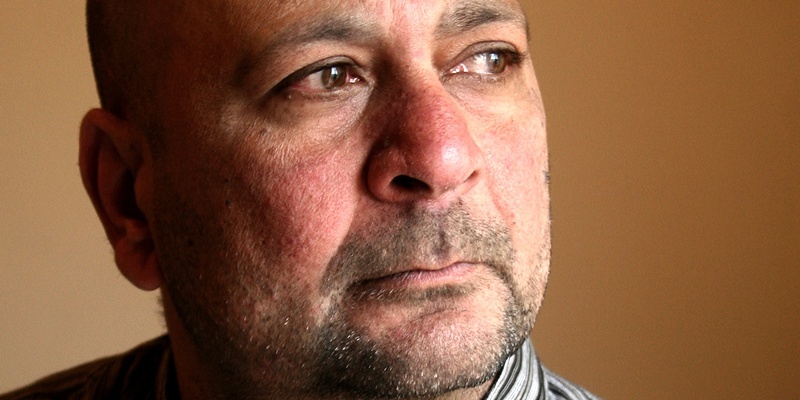A Fife man with advanced lung cancer has been denied funding for pioneering treatment that he believes could save his life.
Tarek Ramzi from Methil says that, without the new form of radiotherapy, he could only have between six months and a year to live.
An oncology professor told the 56-year-old father-of-two he was a suitable candidate for CyberKnife, a painless and non-invasive treatment for complex tumours that directs pencil beams of radiation at affected areas.
Hundreds of people have been successfully treated south of the border, but the method is not available in Scotland and NHS Fife would have to pay £22,000 before Mr Ramzi could be considered.
A partially successful operation has reduced the original cost from £44,000 but Fife’s health chiefs have continued to refuse to fund the treatment, saying there is not enough evidence to prove it is effective. They deny their position has anything to do with cost.
An appeal against the decision by a desperate Mr Ramzi was rejected and he has now enlisted the help of local councillor and health campaigner Andrew Rodger.
Mr Ramzi, who lives with wife Senga in Kirkland Walk, was diagnosed three years ago with lung cancer that spread to his brain. Two courses of chemotherapy failed and while radiotherapy contained the tumour in his chest, it did not eradicate it.
Last year he discovered he had five tumours in his brain that were treated in Sheffield through a system called Gammaknife, which is similar to CyberKnife but only treats head cancers.
“Three weeks after the treatment I went for a scan in Fife which showed all five tumours had disappeared,” said Mr Ramzi. “Now I’m fighting for the lung and I’ve twice been refused, even though I went out of my way to reduce the cost from £44,000 to £22,000.
“It would have to be done in England because Scotland doesn’t have CyberKnife but I was told I would have to apply for funding in Fife because the NHS in England is bankrupt.Spread”I can’t get any more radiation because I’ve had my limit, but although Cyberknife is a kind of radiation it doesn’t damage the organ, just the tumour.”
He added, “My consultant was all for it and applied for the funding but was refused. There’s nothing else I can get. Without treatment the tumour will go berserk and spread all over the place.
“If I don’t get any treatment, basically I have six months to a year. At the moment, everything is standing still and it’s not spreading anywhere but I don’t know how long that will last. I get up every morning and it’s a blessing.”
Mr Rodger called on NHS Fife to reconsider, saying, “This gentleman is desperate. NHS Fife have said CyberKnife is not a recommended clinical pathway under UK guidance but I think they’re hiding behind that guidance and I don’t think they have done their homework on this.
“There are six hospitals in England using it and there is evidence that people who have had this treatment have become 100% clear of cancer.”
A spokeswoman for NHS Fife said, “NHS Fife is unable to comment on the circumstances of individual cases, due to patient confidentiality.
“However, we can confirm that correspondence continues with the patient around the original and appeal decisions.
“NHS Fife would like to make it clear this is not a cost issue and believes there is a lack of evidence to support the effectiveness of the treatment.”
